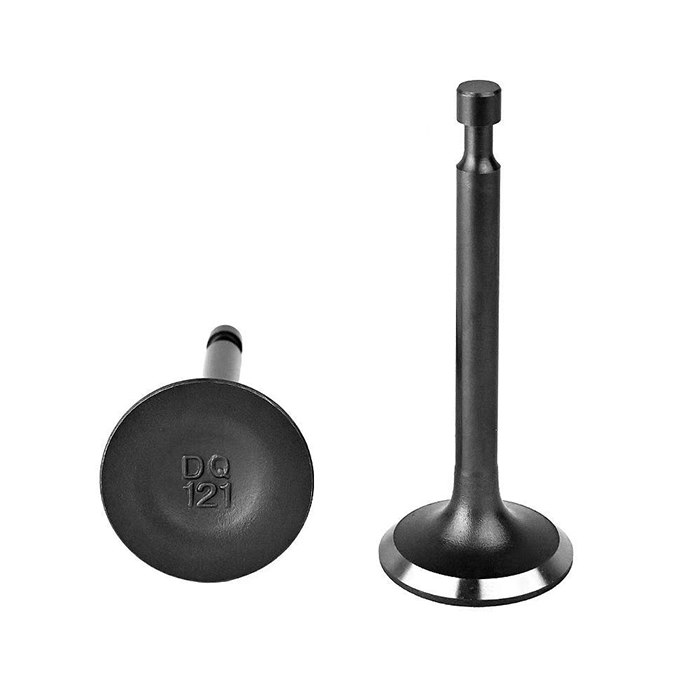In the ever-evolving world of logistics and transportation, understanding which types of freight yield the highest profitability is crucial for businesses aiming to optimize their operations and maximize revenue. As global trade continues to expand, the freight industry faces new challenges and opportunities, making it essential for stakeholders to stay informed about market trends and the profitability of various freight types. This article delves into the intricacies of freight profitability, examining key factors that influence earnings and highlighting the most lucrative freight categories.
Understanding Freight Profitability
Freight profitability is influenced by a multitude of factors, including demand and supply dynamics, operational costs, market competition, and regulatory environments. To determine which freight types are most profitable, businesses must analyze these elements comprehensively.
- Demand and Supply Dynamics: The balance between demand for goods and the availability of transportation services plays a pivotal role in profitability. High-demand freight, such as perishables or high-value goods, often commands higher rates due to their urgency and value.
- Operational Costs: The cost structure associated with different freight types can significantly impact profitability. For instance, transporting hazardous materials may incur higher compliance costs, while bulk commodities might benefit from economies of scale.
- Market Competition: The level of competition in specific freight sectors can drive prices down, affecting profitability. Niche markets with fewer competitors often present more lucrative opportunities.
- Regulatory Environments: Compliance with regulations can add to operational costs. Understanding the regulatory landscape for different freight types is essential for assessing their profitability.
Most Profitable Freight Types
Based on current market trends and analyses, several freight types stand out as particularly profitable:
- High-Value Goods
High-value goods, such as electronics, luxury items, and pharmaceuticals, typically yield higher profit margins. These products often require specialized handling and expedited shipping, allowing logistics providers to charge premium rates. The demand for fast and secure transportation of these items continues to grow, particularly in e-commerce.
- Temperature-Controlled Freight
The transportation of perishable goods, including food and pharmaceuticals, necessitates temperature-controlled environments. This sector is not only profitable due to the higher rates charged but also because of the growing demand for fresh produce and pharmaceuticals, especially in the wake of the COVID-19 pandemic. Companies that can efficiently manage cold chain logistics often see substantial returns.
- Hazardous Materials
Transporting hazardous materials can be highly profitable due to the specialized handling and regulatory compliance required. Companies that invest in the necessary certifications and safety measures can command higher rates, making this a lucrative niche. However, it is essential to weigh the risks and ensure compliance with stringent regulations.
- Intermodal Freight
Intermodal transportation, which combines multiple modes of transport (e.g., rail, truck, and ship), can be highly efficient and cost-effective. By leveraging the strengths of each mode, businesses can optimize routes and reduce costs, leading to increased profitability. The flexibility and scalability of intermodal solutions make them attractive in a fluctuating market.
- Project Cargo
Project cargo involves the transportation of oversized or heavy items, often for construction or industrial projects. This type of freight typically commands high rates due to its complexity and the specialized equipment required for handling. Companies that specialize in project cargo can build strong relationships with clients, leading to repeat business and long-term contracts.
Strategies for Maximizing Freight Profitability
To capitalize on the most profitable freight types, businesses should consider the following strategies:
- Market Research: Conduct thorough market research to identify trends and shifts in demand. Understanding customer needs and preferences can help businesses position themselves effectively in the market.
- Invest in Technology: Utilizing advanced logistics technology, such as transportation management systems (TMS) and real-time tracking, can enhance operational efficiency and reduce costs. Automation and data analytics can also provide insights into profitability drivers.
- Build Strong Relationships: Establishing strong relationships with suppliers, customers, and carriers can lead to better rates and more reliable service. Networking within the industry can also open doors to new opportunities.
- Focus on Niche Markets: Identifying and targeting niche markets can provide a competitive edge. Specializing in specific freight types allows businesses to develop expertise and command higher rates.
- Continuous Improvement: Regularly assess and refine operational processes to enhance efficiency and reduce costs. Implementing best practices and learning from industry leaders can drive profitability.
Conclusion
In conclusion, the freight industry offers a diverse array of opportunities for profitability, but success hinges on understanding market dynamics and strategically positioning oneself within lucrative freight types. By focusing on high-value goods, temperature-controlled freight, hazardous materials, intermodal solutions, and project cargo, businesses can unlock significant revenue potential. Coupled with strategic planning and continuous improvement, these insights can empower logistics providers to thrive in a competitive landscape. As the market continues to evolve, staying informed and adaptable will be key to sustaining profitability in the freight industry.




